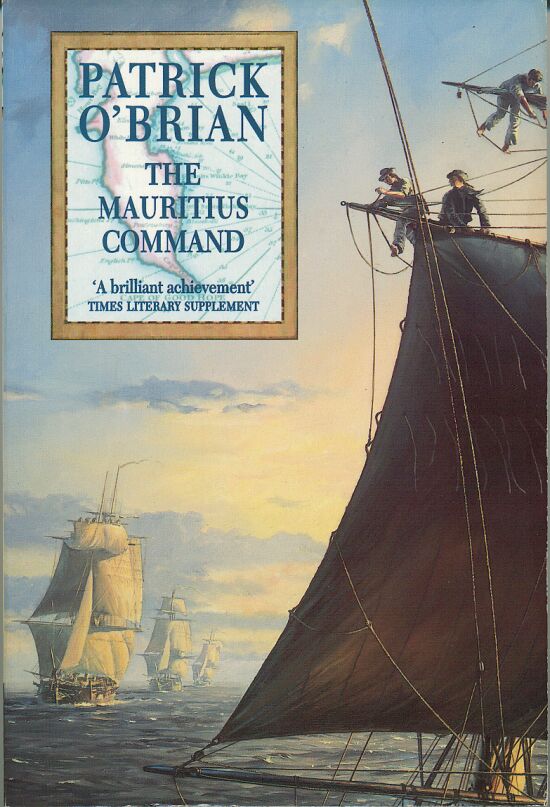O'Brian's novels are indeed very accurate about ships and their management in the age of sail. It was not minutiae, though, it was the day-to-day workings of the world's most common and important means of commercial transport. For the importance of sea-borne commerce and the strategic contingencies thereby imposed on nations, see Alfred Thayer Mahan,
The Influence of Sea Power upon History, 1660-1783, Boston, 1890. That work had a profound influence--not necessarily for the better--upon the European powers, especially the German Empire and its loony Kaiser.
In fact, looking at the cover of
The Mauritius Command was, in part responsible for this thread (there were other inspirations, too).

The ships are sailing in line ahead. Each ship must keep station two cable lengths (about 400 yards) from the ship ahead in line, and all ships form on the pendant ship. O'Brian, as he does in other works, explains how some ships are constantly flashing out sails and taking them, to keep station with the slower vessels, and how the slower vessels were carrying all the sail they were able to carry, even though that often pressed down the ship by the bows, and actually slowed her down.
If you (and your subordinate captains) were really good, you'd form line a head with an interval of just one cable length--200 yards.
And **** this web site and its goofy editing rules.